What is Kalchatti?
Do you remember the black bowls at your grandparents’ home? Surely you remember the taste of the food served in it. That black vessel is called Kalchatti.
Kalchatti, made of soapstone, was used for mashing spinach as well as making Pulikaachal – the slow heat made the food tastier. The more orthodox families preferred to keep salt and pickle in jars of soapstone rather than ceramic jadis.
The new vessel is pale gray in color and is very porous. They have to be seasoned with castor oil or repeatedly rinsed in starchy rice water – to close the pores. After it is seasoned, it turns dark in color and also become denser.
The pores get sealed and they become less absorbent. If you want to know how to season the vessels: Click here to read more.
What is it used for?
The flavor of cooking in these stone vessels in unbelievable. Vathral Kolumbu, Avial, Molagootal, Mor Kozhambu – all traditional south indian staples, are all elevated to a sublime experience when they are cooked in this vessel.
How is kalchatti made?
The raw material to make this vessel is called as Soapstone. It is also called as Chalk Stone or softstone or maakal (Tamil). These vessels are handmade, thus making each piece unique. Here is how it is made:
-
The soapstone used by The Indus Valley is procured using sustainable methods by using local talent. The raw material used in high grade and export quality. Here is an image of the excavation site:
-
After extraction, it is cut into smaller blocks, based on product size. For example, tawa and paniyaram need flatter and wider stone blocks. To make kalchatti, we need more square shaped blocks.
-
The block is further given shape and soaked in water to make it soft and easy to work on. Artisans use simple chisel and hammer. to make these beautiful vessels.
- After soaking, the smaller and finer Chisel is used to bring the product it’s smooth and even finish. This is a long and meticulous process. It typically takes a team of people involved in various steps to complete a single vessel.
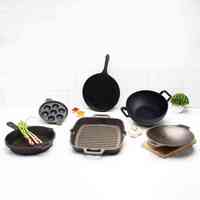


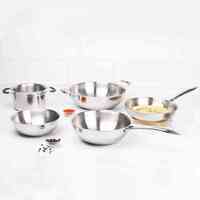
 Easy 7-Day Return
Easy 7-Day Return
 Additional ₹100 Off on Prepaid Orders*
Additional ₹100 Off on Prepaid Orders*




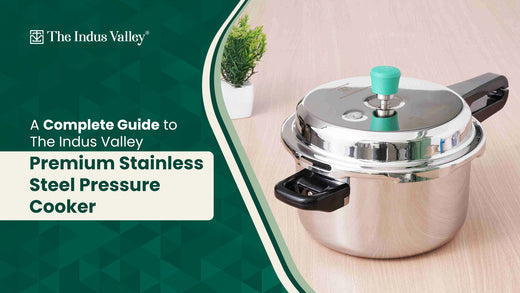


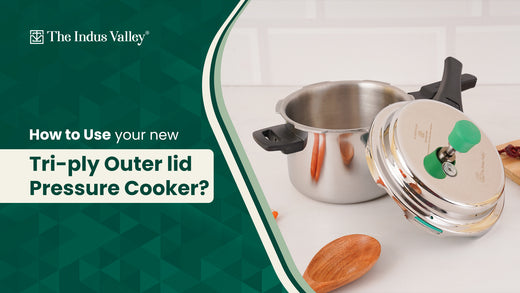



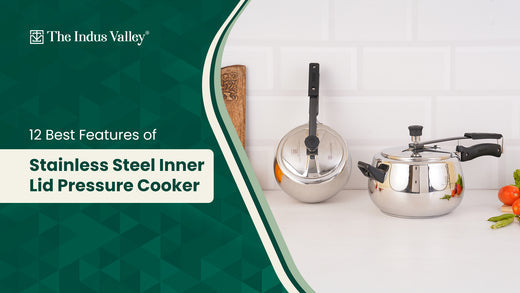


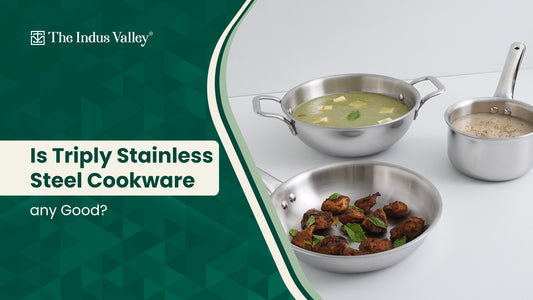
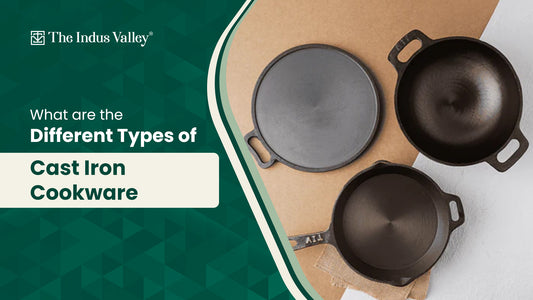
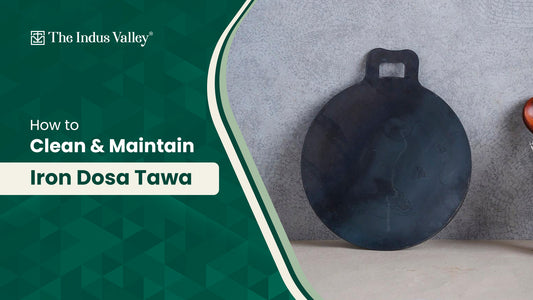





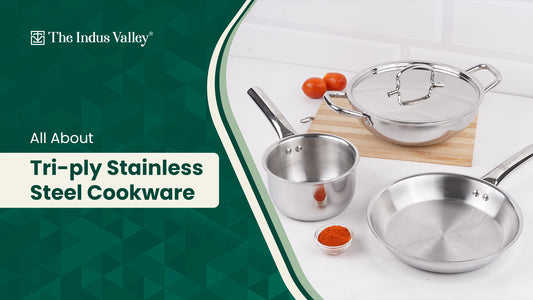


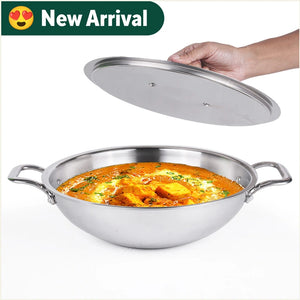
![Neem Wood Spatulas for cooking & Serving – Thick, Long, Sturdy, Large [Set of 6] (Round Serve) - The Indus Valley](http://www.theindusvalley.in/cdn/shop/files/neem-wood-spatulas-for-cooking-and-serving-thick-long-sturdy-large-set-of-6-round-serve-the-indus-valley-1_fcf2cb78-6504-4601-8062-5df2233000c1_300x.jpg?v=1686290651)


